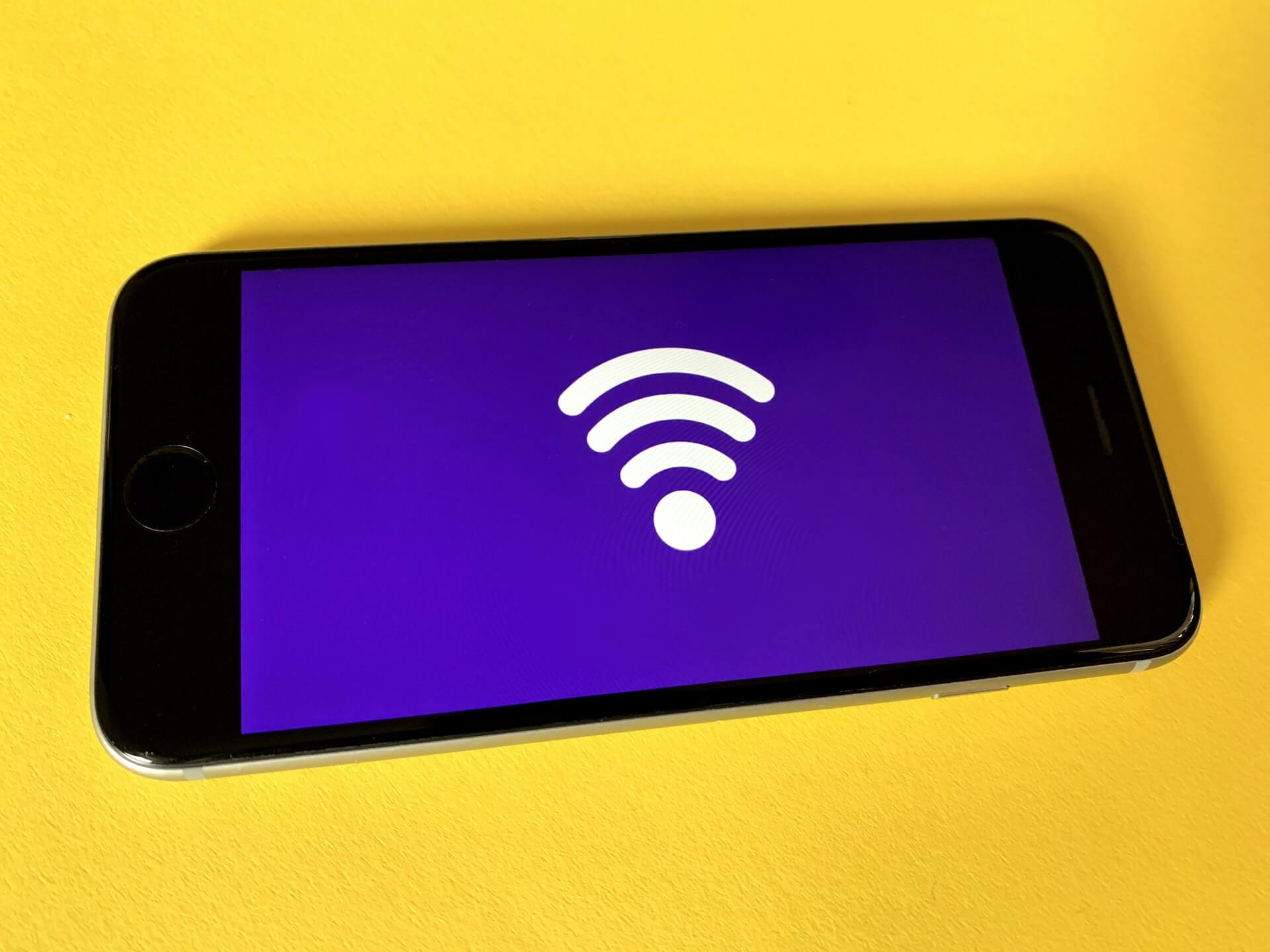By Jessica Day
The new world of work
Workplace trends have been moving towards more flexibility for years. But COVID-19 has accelerated this change exponentially. Hybrid working is becoming the norm, and employees aren’t happy to be forced back to the workplace.
Employers who want to attract and retain top talent need to understand how to balance new demands. Many workplaces are moving to hybrid models. This means allowing a mix of work-from-home (WFH) and office-based work. Some companies may allow staff to work from home two or three days a week or have some permanently remote staff.
What works will depend on the style of work and technological demands of each role. The following sections will help you form strategies for managing and engaging a hybrid team. For more in-depth guidance, keep this remote work guide handy!
Managing a hybrid team
Hybrid options offer a balance between working from home and office. Employees will appreciate the greater flexibility and choose the space most suited to their work. Companies can also promote business sustainability by reducing staff commutes.
Thanks to the pandemic, many organizations have had to adapt to WFH models. Almost everyone started with trying to navigate how to join a video meeting to video conferencing becoming the standard way to meet and plan.
But without good management, this style of working isn’t sustainable. Staff are suffering from “Zoom fatigue” and loneliness. Chance encounters – bumping into a colleague over a coffee break, for example – promote creativity and spark new ideas. These opportunities are lost when working remotely.
Managers of remote teams have to prioritize bringing people together while allowing for agile working.
The challenges of managing hybrid teams (and how to address them)

The answer: regular check-ins and alternative communication
Regular check-ins are vital to maintaining strong communication. These might include:
- Weekly team huddles
- Regular one-to-one check-ins with a line manager
- Daily ‘coffee breaks’ online for WFH and office-based staff to catch up
The team must use a common video conferencing software that they are all familiar with. For employees on the move, it can also be helpful to have audio calls. VoIP (Voice over Internet Protocol) business phone apps make it easy to host a call from anywhere with crystal clear audio quality.
There are many options out there, and there are plenty of video and call conferencing options to fit your needs, whether it’s conference call services or any kind that can add value to your day-to day operation.
The challenge: communication breakdown
Not everyone is as effective at communicating through text. Remote communication can lead to breakdown and misunderstandings. Different teams can form silos, and information can be lost between them.
The answer: create clear expectations and stay accountable
It can be useful for teams to have goals written down whether they are WFH or in the office.It allows them to refer back to these and ensure they are on track. This can be all the more important when working apart, as misunderstandings are less obvious.
Two colleagues working on a project together might have divided tasks. Each may have assumed one task was the other’s responsibility. If they’re working together in the office, chatting regularly about the work, it will quickly become clear that a mistake has been made. Working remotely, neither may realize until the project is nearly finished.
Project management software can help workers to avoid these mistakes. Shared, synchronous documents (such as Google Docs) allow each team member to see an up-to-date version of a project. This leaves less room for misunderstanding. Managers can also help by creating checklists or a list of clearly stated goals for the team.
The challenge: connectivity issues
Even the best plans can go awry, so it’s always worth having a backup plan. There will, of course, be days when someone’s internet is acting up, or one of the laptops needs an update before it will run the correct software.

The answer: keep things simple and always have a back-up
Start by choosing the right video conferencing equipment for your team. Think about how the software will be used (for screen sharing? for giving presentations? for brainstorming sessions?). Opt for software that’s streamlined but offers all the features you’ll need on a regular basis.
For the days when things just won’t work, have a backup. Either postpone the meeting or switch to a phone call or dial-in.
Catering to everyone
Staff will opt for the working style that’s best for them. Informal sharing of ideas is vital in getting the most out of your team. Managers should facilitate both in-person and online collaboration. That might mean planning formal meetings and brainstorms or just leaving colleagues to catch up over a coffee break.
Finally, listen to your employees. There’s no one way of working that’s perfect for every company. The pandemic has been an incredibly stressful period, and many of us are still readjusting. It will be critical for employers to listen to their teams and respond to their needs over the coming months. Leveraging emotional intelligence is the key to crossing silos and promoting collaboration. It might take time for staff to find the right balance between office work and WFH. Some might need additional support while adapting to new software and working styles.
The move to hybrid working might feel like a drastic change at first. With a few adjustments, though, it will quickly be the natural way to manage a team. With a new, tech-savvy generation entering the workforce, catering to mixed demands and working styles will be vital.
About the Author
 Jessica Day is the Senior Director for Marketing Strategy at Dialpad, a modern business communications platform that takes every kind of conversation to the next level with voice analytics—turning conversations into opportunities. Jessica is an expert in collaborating with multifunctional teams to execute and optimize marketing efforts, for both company and client campaigns. Here is her LinkedIn.
Jessica Day is the Senior Director for Marketing Strategy at Dialpad, a modern business communications platform that takes every kind of conversation to the next level with voice analytics—turning conversations into opportunities. Jessica is an expert in collaborating with multifunctional teams to execute and optimize marketing efforts, for both company and client campaigns. Here is her LinkedIn.



































